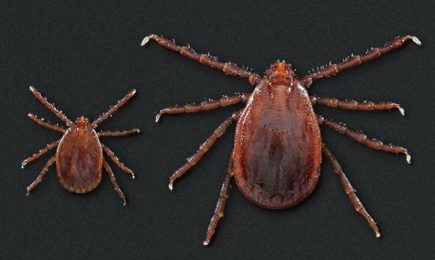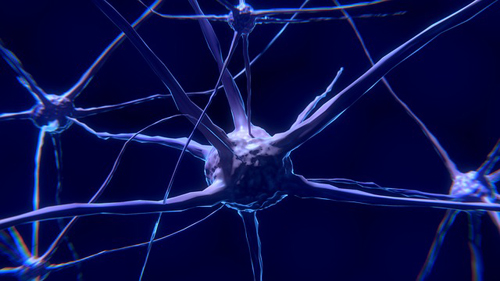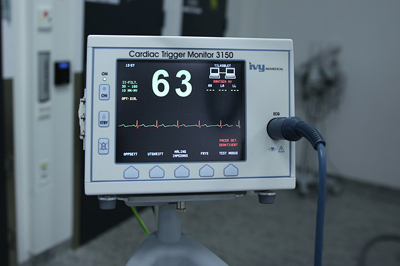Lyme Science Blog
Dr. Daniel Cameron, MD, MPH, is a nationally recognized leader for his expertise in the diagnosis and treatment of Lyme disease and other tick-borne illnesses. His weekly Lyme Disease Science blog features articles covering the latest research, insights and case reviews.
Lyme Science Blog
Number of post-treatment Lyme disease cases expected to soar
For a significant number of patients with Lyme disease, standard antibiotic treatment does not work. In fact, recent studies have
Lyme Science Blog
Lyme carditis presenting as atrial fibrillation treated successfully
A case study published in the British Medical Journal features a 23-year-old man with a history of degenerative joint disease
Lyme Science Blog
Human bite leads to discovery of Asian longhorned ticks in New York
The tick species continues to spread, however, in the U.S. It was first identified on sheep in New Jersey in
Lyme Science Blog
Study explores the risk of tick bites among German military personnel
The authors examined the incidence of tick bites among military personnel specifically occurring during field training and the rate of
Lyme Science Blog
Lyme arthritis following an operation – 5 cases
Hess and colleagues discuss 5 cases, reported in the literature, in which Lyme arthritis following an operation. Case 1 The
Lyme Science Blog
Neurological damage/dysfunction found in early Lyme disease patients
The authors conducted a study to determine whether a proton magnetic resonance spectroscopy (1H-MRS) could identify neurologic damage in early
Lyme Science Blog
Growing list of cardiac problems in Lyme disease
In their article “First case report of inducible heart block in Lyme disease and an update of Lyme carditis” by
Lyme Science Blog
Infected deer ticks moving into New York City
There has been an “unprecedented increase in locally acquired cases in New York City,” writes VanAcker in the journal Emerging
Lyme Science Blog
Getting the diagnosis correct and avoiding ‘anchor bias’
Conversely, anchor bias might also occur if a doctor considers only the initial information and incorrectly diagnoses Lyme disease and









